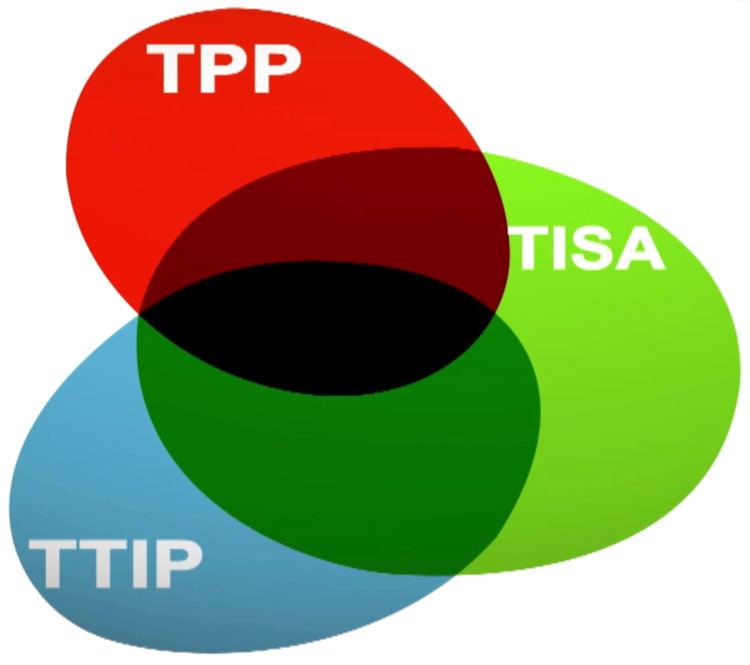 | ||
The U.S. MEFTA initiative started in 2003 with the purpose of creating a U.S. Middle East Free Trade Area by 2013.
Contents
The U.S. objective with this initiative has been to gradually increase trade and investment in the Middle East, and to assist the Middle East countries in implementing domestic reforms, instituting the rule of law, protecting private property rights (including intellectual property), and creating a foundation for openness, economic growth, and prosperity.
Among the stated objectives are:
US Agreements
The US currently has several bilateral free trade agreements with nations in the region.
Middle Eastern Agreements
Additionally many potential MEFTA states are already members of the multilateral Greater Arab Free Trade Area.
Other states are members of the multilateral Arab Maghreb Union.
The following, expected to constitute MEFTA, are not members of existing Middle Eastern agreements:
Potential Issues
The single largest hurdle to MEFTA is the inclusion of Israel. Additional complications exist in getting agreements between the US and nations like Iran and Syria. Complications could still exist in getting trade with Lebanon and the Palestinian Authority given continuous Israeli control of occupied territories, and the actions of militant groups such as Hamas and Hezbollah.
One notable exception to this rule is the production of food. While most foods may be impractical to import from the United States where they are relatively cheap, eliminating barriers of trade among Arab states may lead to decreased prices of regionally grown food and protests among farmers.
